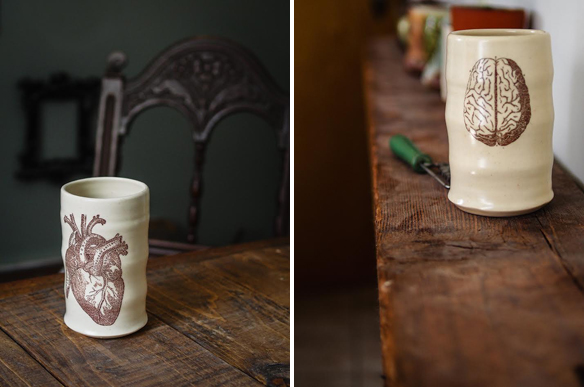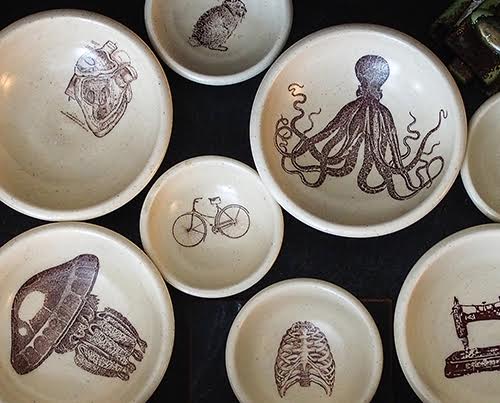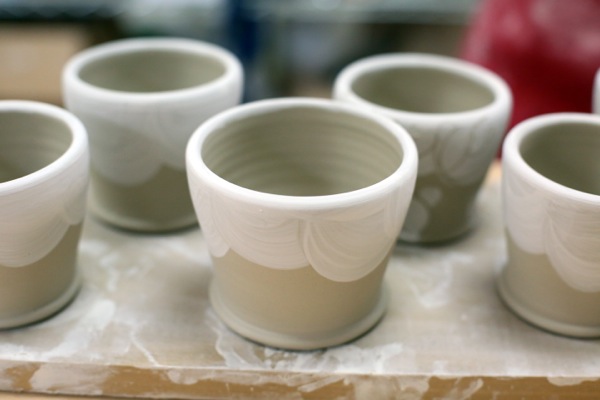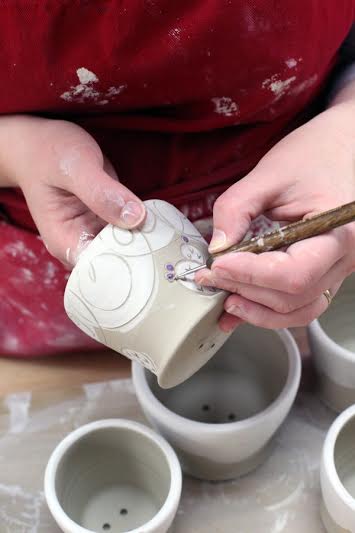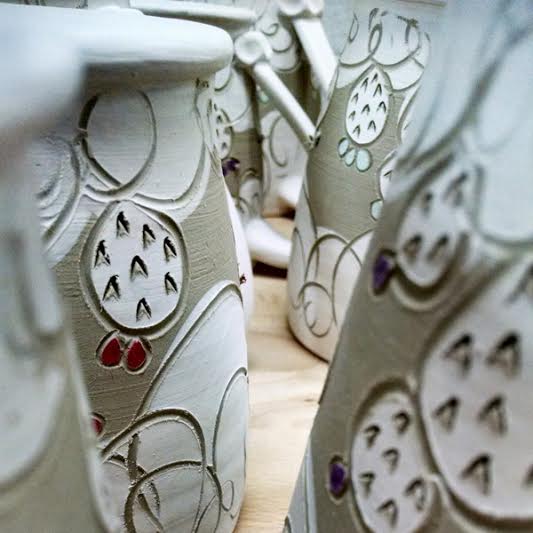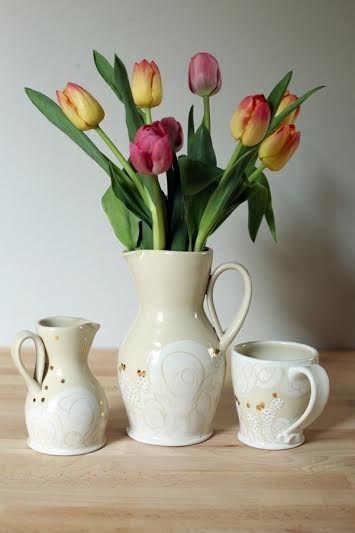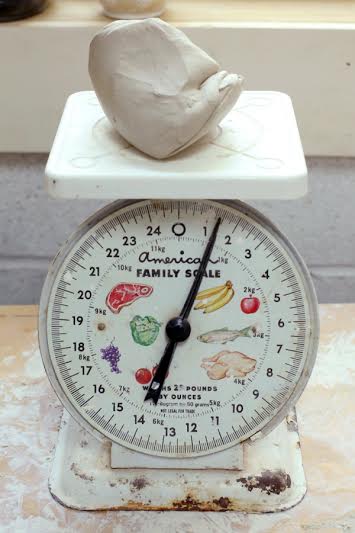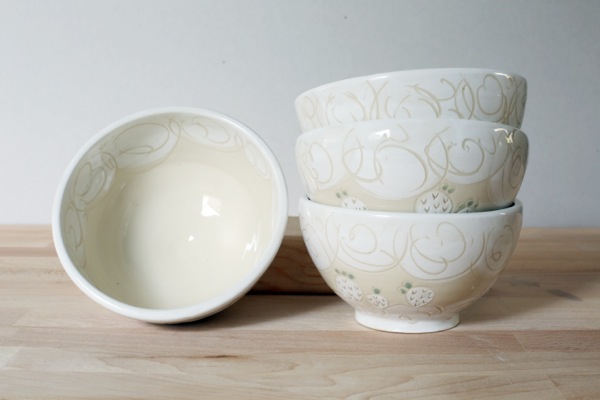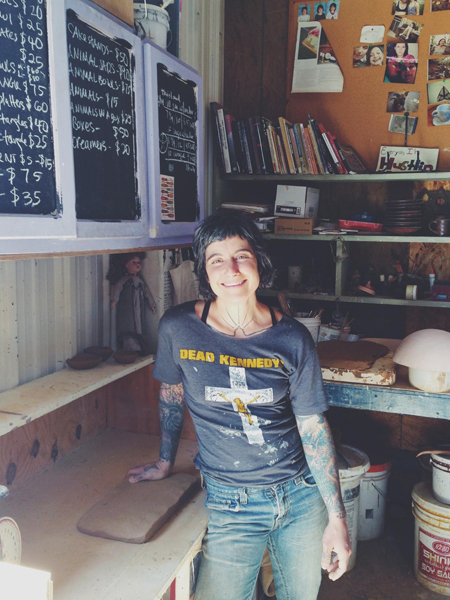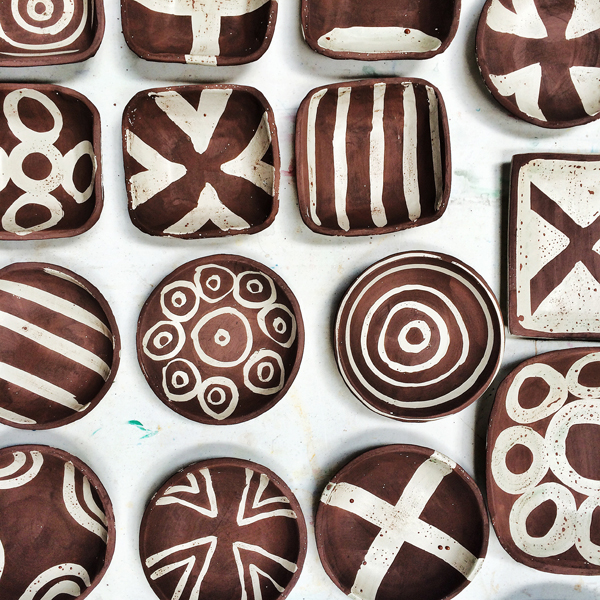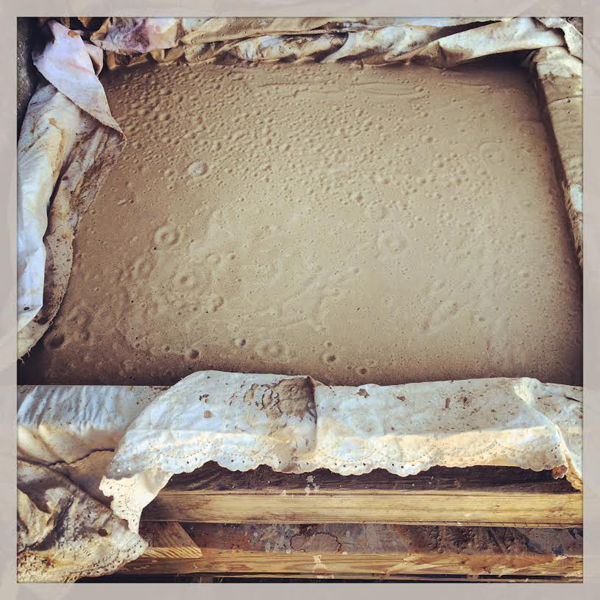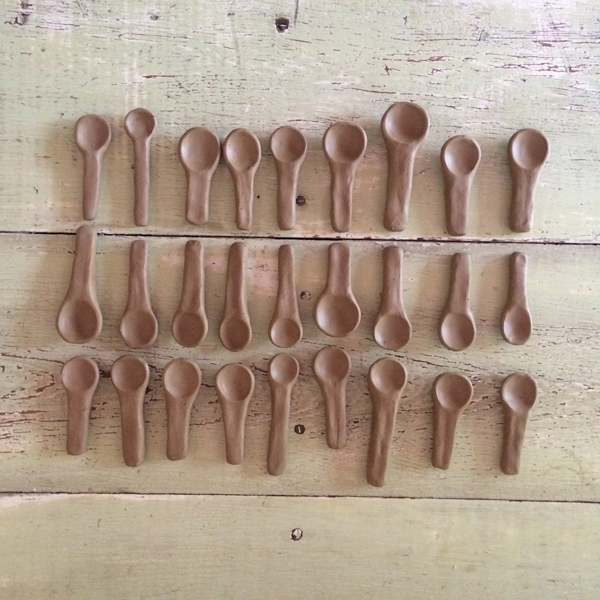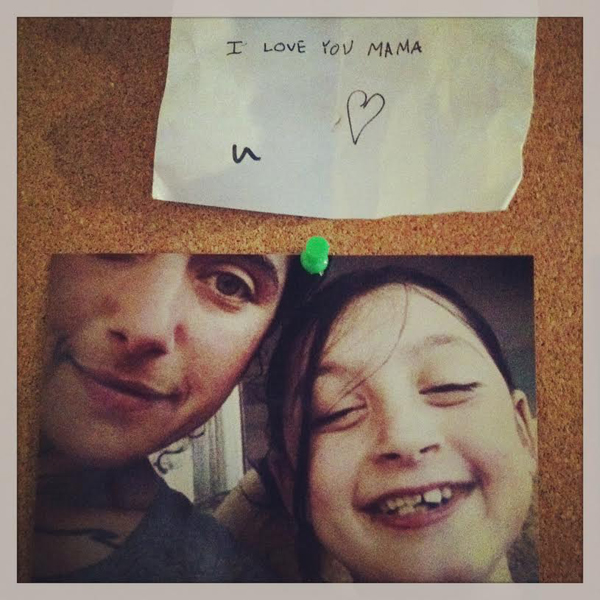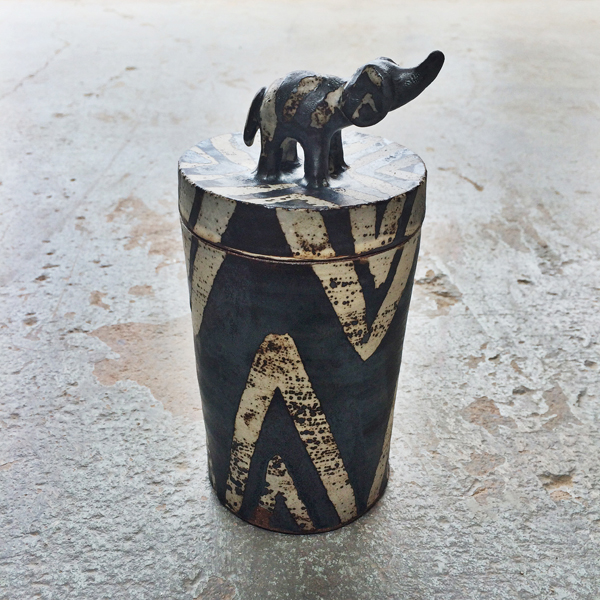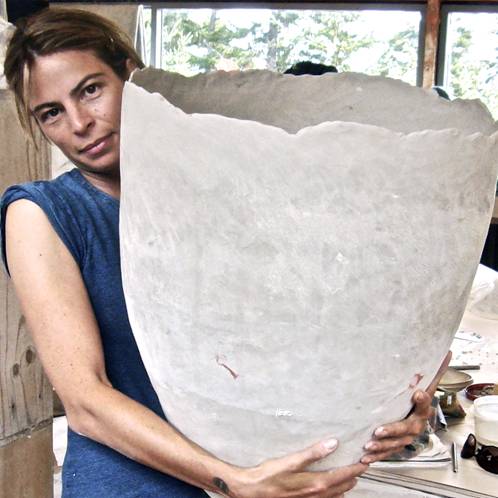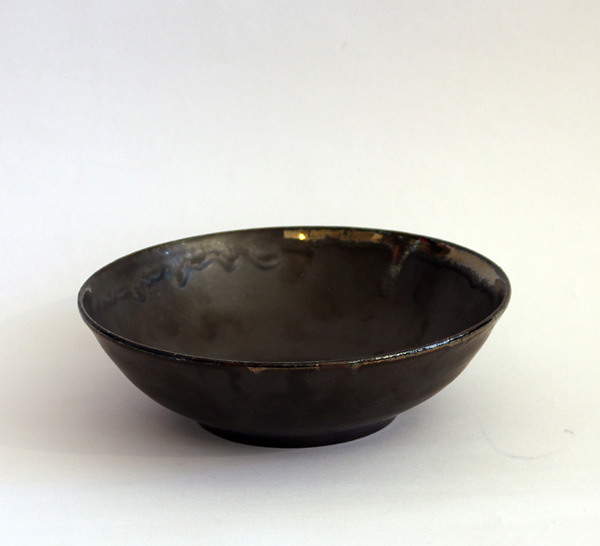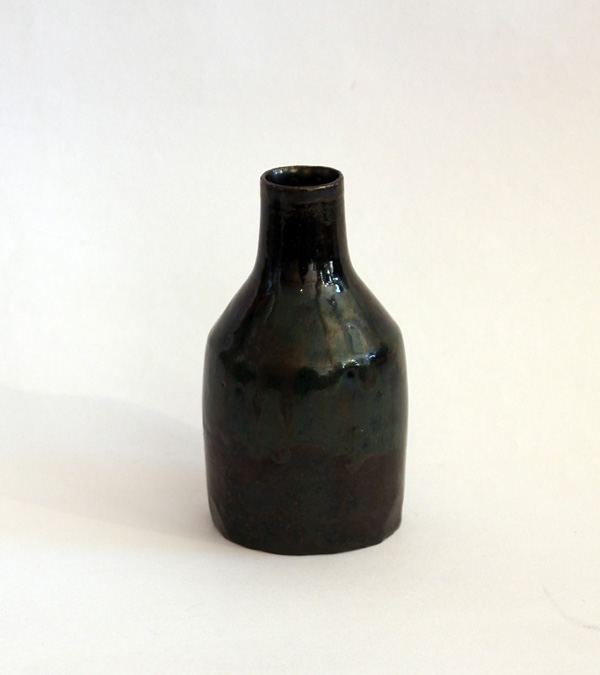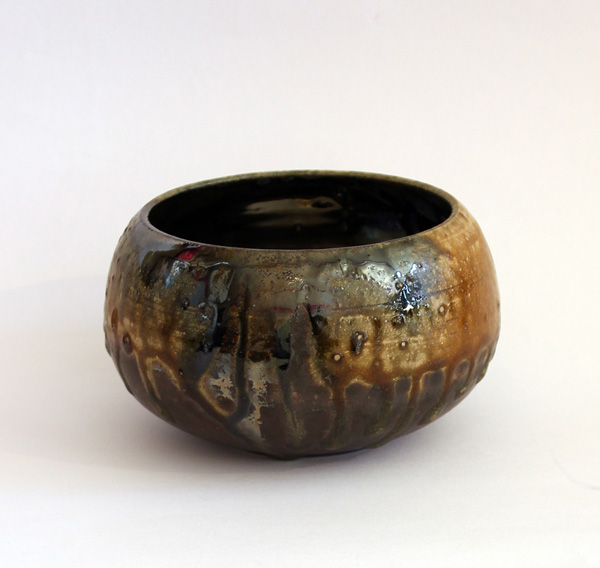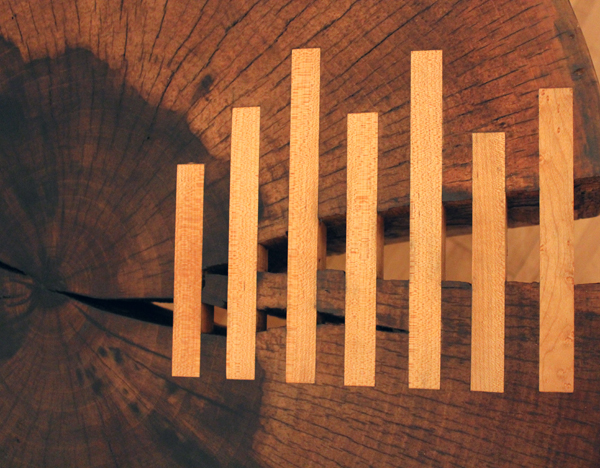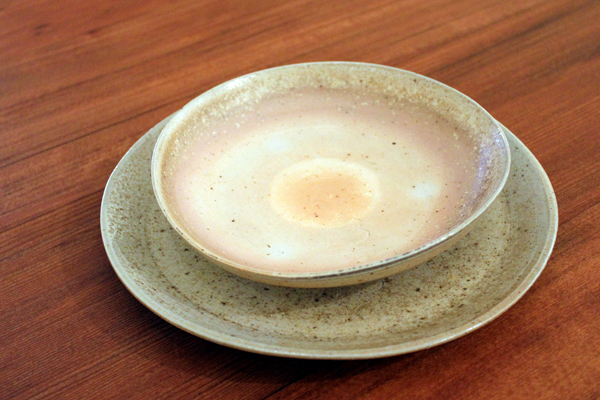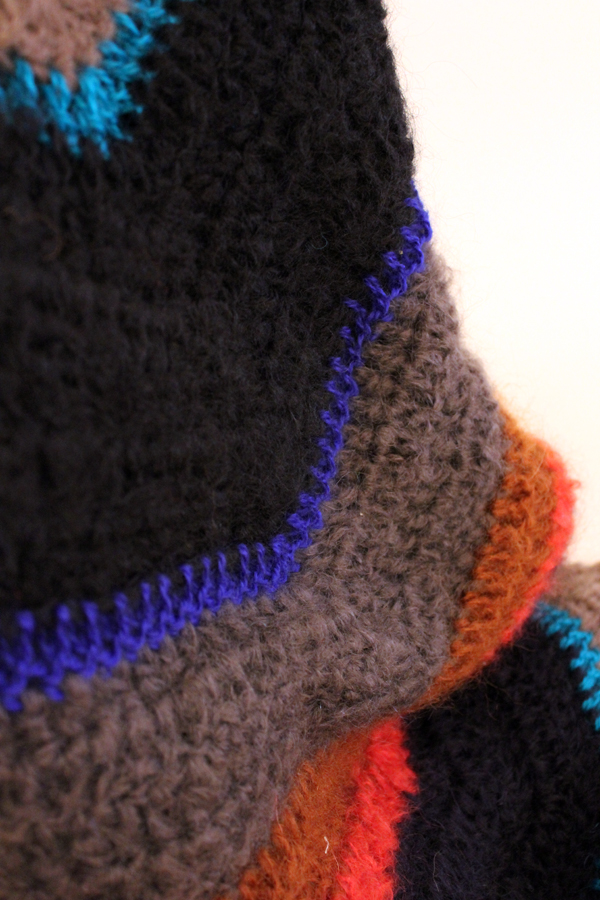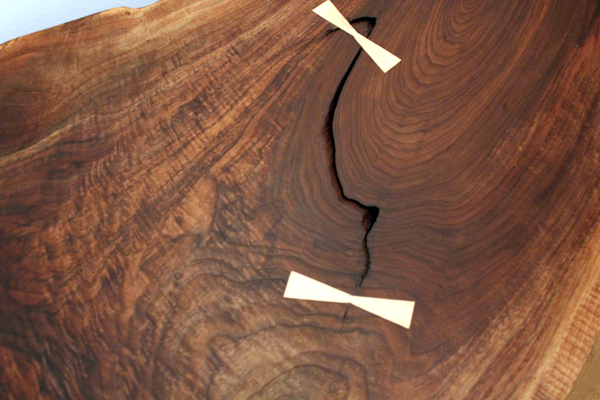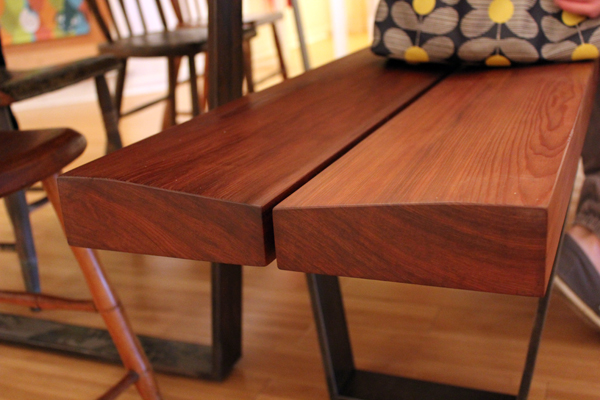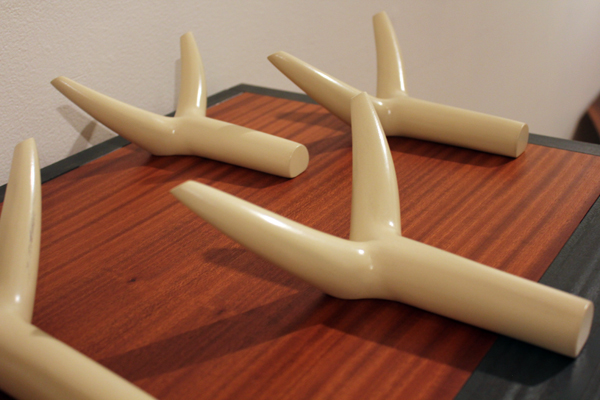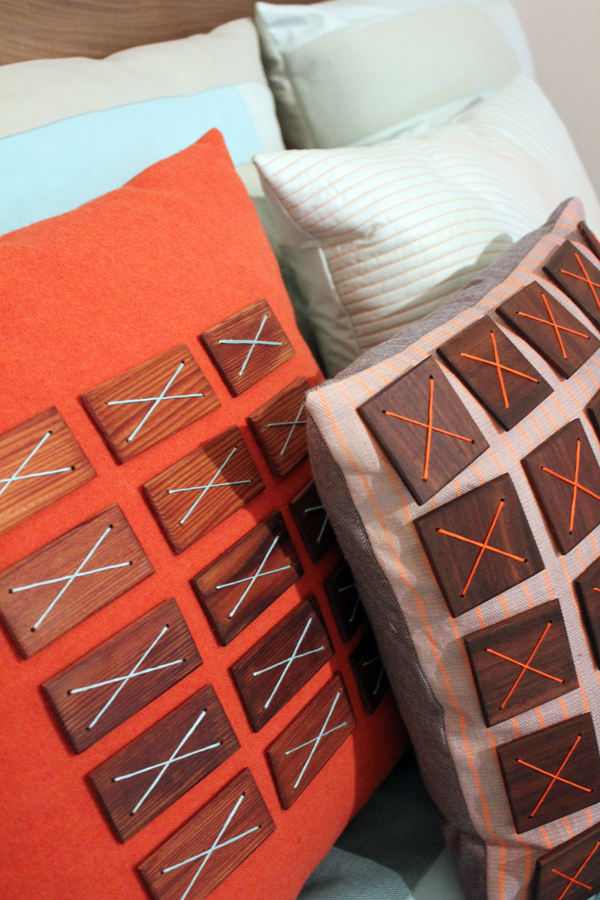Whether it is an accent pillow, vase, printed textile, decor piece or whatever, the Art Star Craft Bazaar is the place to find that perfect handmade addition to your home! Here are a few of our picks “for the home” to help you plan your shopping strategy.
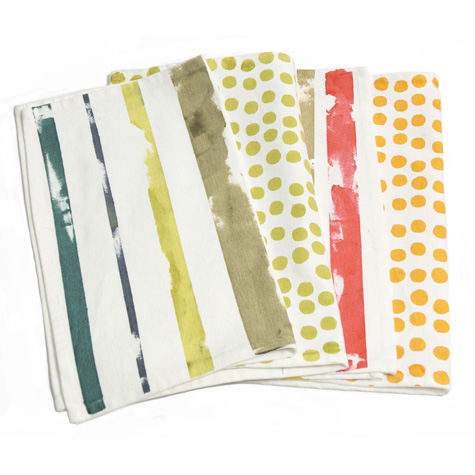 1. Boutique Textiles Lauren Rossi’s small local company, Boutique Textiles, prints the most gorgeous, colorful patterns on tea towels, napkins, pillows, fabric yardage + more! Booth #25
1. Boutique Textiles Lauren Rossi’s small local company, Boutique Textiles, prints the most gorgeous, colorful patterns on tea towels, napkins, pillows, fabric yardage + more! Booth #25
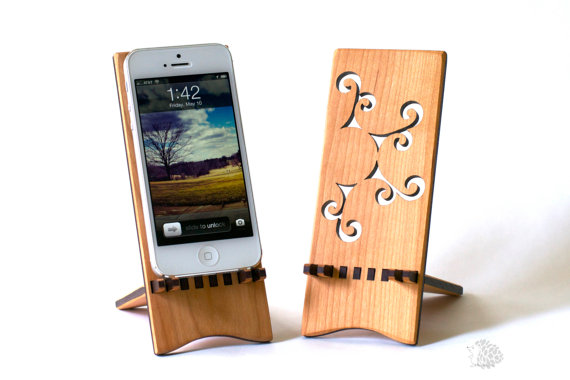 2. Hannah’s Hannah Simmons is the lady behind this line of products all made from local, sustainably harvested cherry trees. Simmons, along with her father Jonathan, create everything from hair accessories to these very useful and aesthetically pleasing IPhone Stands. Booth #100
2. Hannah’s Hannah Simmons is the lady behind this line of products all made from local, sustainably harvested cherry trees. Simmons, along with her father Jonathan, create everything from hair accessories to these very useful and aesthetically pleasing IPhone Stands. Booth #100
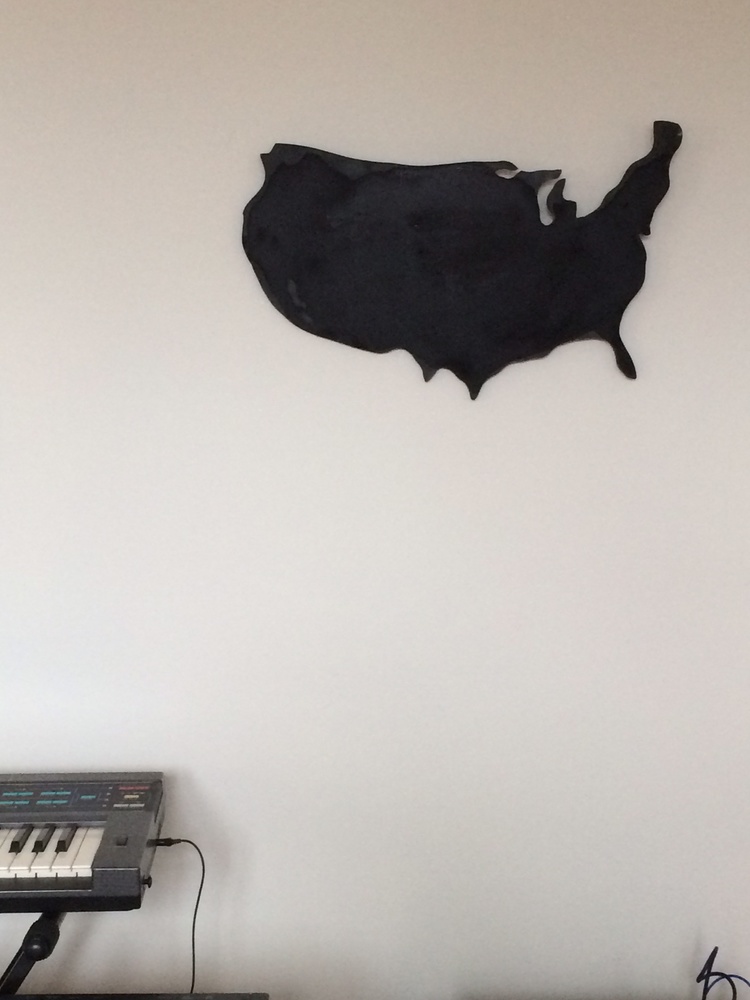 3. happydespina ltd Every home needs a chalkboard! Lucky for us, Chicago based artist, Despina Papadeas cuts them into cool shapes. Find everything from the United States, hot air balloons, instruments, to any adorable animal you could think of, and much more! Booth #27
3. happydespina ltd Every home needs a chalkboard! Lucky for us, Chicago based artist, Despina Papadeas cuts them into cool shapes. Find everything from the United States, hot air balloons, instruments, to any adorable animal you could think of, and much more! Booth #27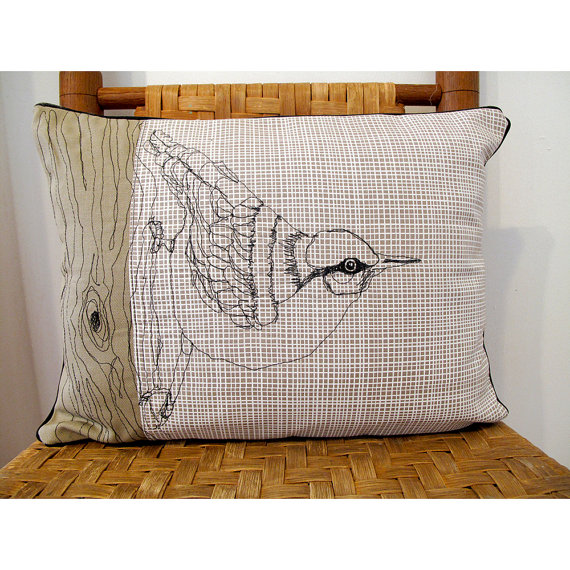 4. jennyjen42 Baltimore based, Jennifer McBrien, draws birds with her sewing machine on fabric. The result is really beautiful! She also adds elements of felt applique, which adds a splash of color that contrasts nicely with the simple black stitching. Her line includes pillows, kitchen aid / sewing machine covers, pot holders and more! Booth #63
4. jennyjen42 Baltimore based, Jennifer McBrien, draws birds with her sewing machine on fabric. The result is really beautiful! She also adds elements of felt applique, which adds a splash of color that contrasts nicely with the simple black stitching. Her line includes pillows, kitchen aid / sewing machine covers, pot holders and more! Booth #63
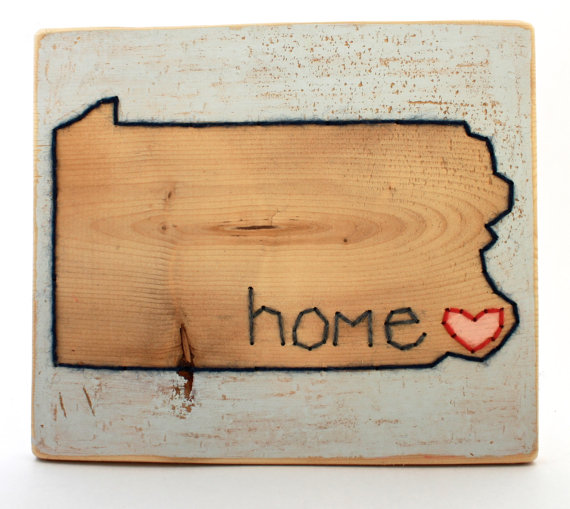 5. littlegreenthings Leah Boelman of littlegreenthings makes unique, reclaimed wood art pieces that she paints and also hand embroiders. Each piece is one-of-a-kind and her selection is huge, which makes it kinda hard to choose – there are so many good ones! She stitches up outlines of states, rvs, bikes, love notes, inspirational sayings, pretty much anything you could think of. Find the perfect piece to hang in your home! Booth #30
5. littlegreenthings Leah Boelman of littlegreenthings makes unique, reclaimed wood art pieces that she paints and also hand embroiders. Each piece is one-of-a-kind and her selection is huge, which makes it kinda hard to choose – there are so many good ones! She stitches up outlines of states, rvs, bikes, love notes, inspirational sayings, pretty much anything you could think of. Find the perfect piece to hang in your home! Booth #30
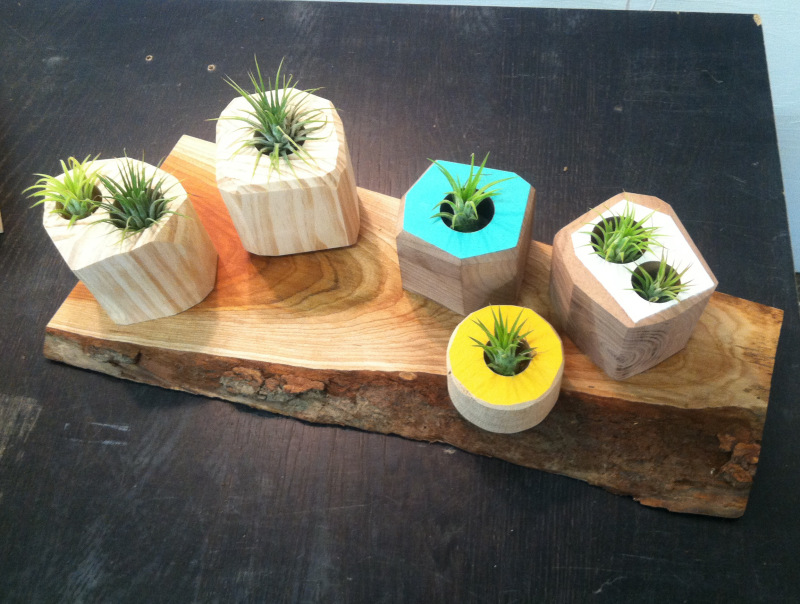 6. Nikkuu I love Melissa Moore’s line of wood planters! These are made from a variety of woods and cut into different geometric shapes. Some are painted with a pop of bright yellow or turquoise, while the wood is left to shine on others. These are great for air plants. Buy a bunch to set on your windowsill or coffee table. Booth #81
6. Nikkuu I love Melissa Moore’s line of wood planters! These are made from a variety of woods and cut into different geometric shapes. Some are painted with a pop of bright yellow or turquoise, while the wood is left to shine on others. These are great for air plants. Buy a bunch to set on your windowsill or coffee table. Booth #81
 7. Peg and Awl Husband + Wife duo, Margaux + Walter Kent’s goods always begin as an item that they need for their own home and family. All their products are made from old things – reclaimed wood, antique gunsling leather, vintage zippers, etc, that are given new life in the form of housewares, accessories, jewelry and journals. This apothecary cabinet is made from reclaimed cypress and finished with milkpaint. Made to hang in your washroom to store all your toiletries. Booth #93
7. Peg and Awl Husband + Wife duo, Margaux + Walter Kent’s goods always begin as an item that they need for their own home and family. All their products are made from old things – reclaimed wood, antique gunsling leather, vintage zippers, etc, that are given new life in the form of housewares, accessories, jewelry and journals. This apothecary cabinet is made from reclaimed cypress and finished with milkpaint. Made to hang in your washroom to store all your toiletries. Booth #93
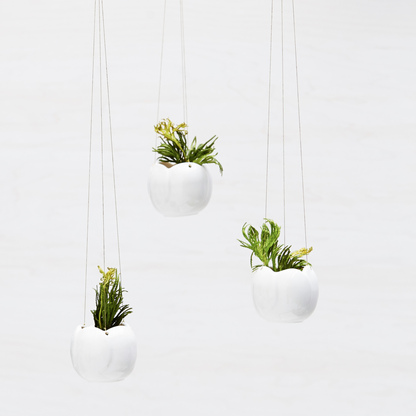 8. redraven studios Pittsburgh based artists, Amy Hamley, makes this gorgeous line of porcelain keepsakes. The home collection includes planters, jugs, good luck horseshoes, whiskey decanters, and more. The pure, white porcelain shines in each piece and is sometimes accompanied by a line of gold luster or a pop of color. Booth #78
8. redraven studios Pittsburgh based artists, Amy Hamley, makes this gorgeous line of porcelain keepsakes. The home collection includes planters, jugs, good luck horseshoes, whiskey decanters, and more. The pure, white porcelain shines in each piece and is sometimes accompanied by a line of gold luster or a pop of color. Booth #78
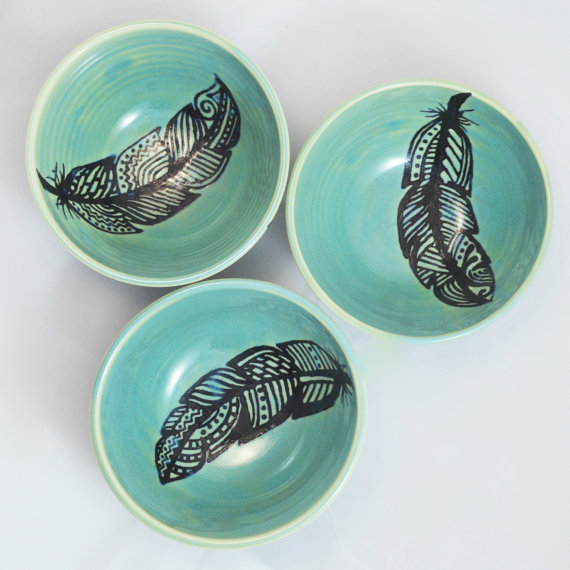 9. Rider Dirt Work I am in love with local Philly ceramicist, Lauren Rider’s, line of henna inspired pottery. Each wheel thrown porcelain piece is glazed and food safe. Use as your everyday dishes or for display. Booth #84
9. Rider Dirt Work I am in love with local Philly ceramicist, Lauren Rider’s, line of henna inspired pottery. Each wheel thrown porcelain piece is glazed and food safe. Use as your everyday dishes or for display. Booth #84
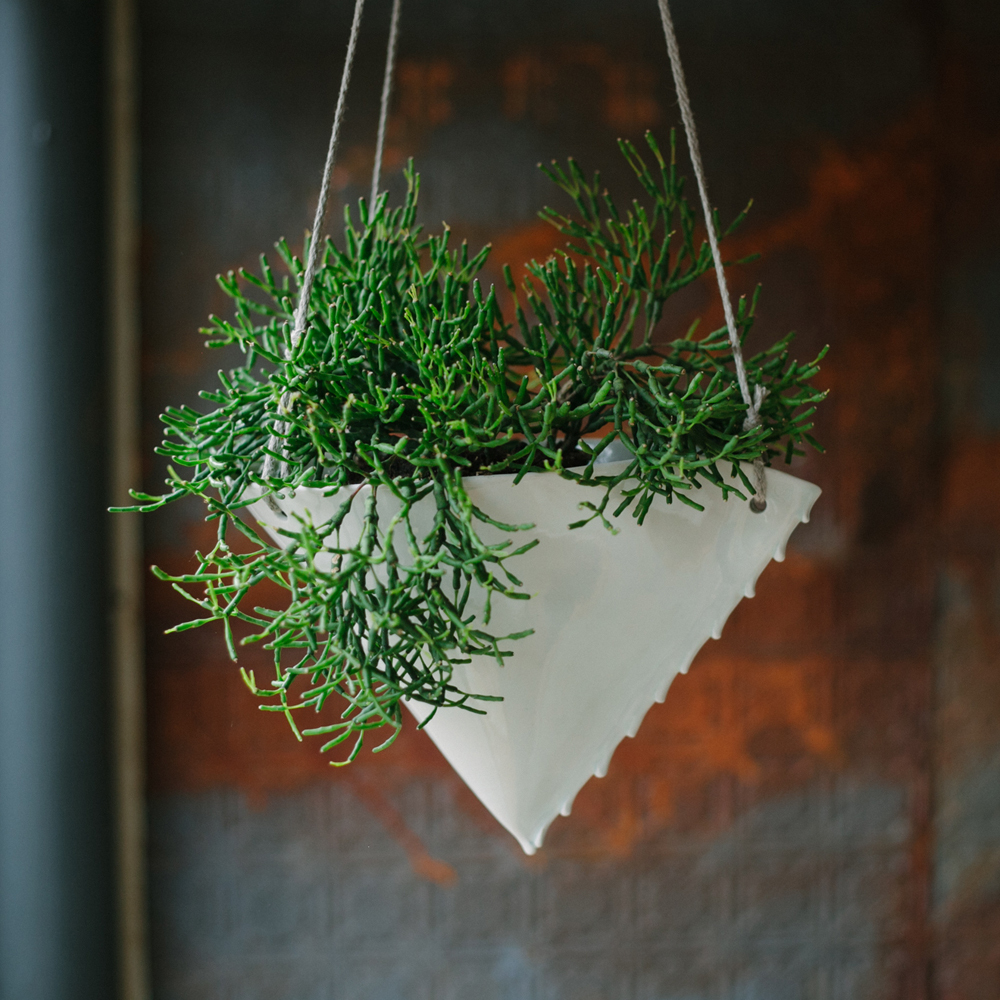 10. Taylor Ceramics Art Star artist, Cara Taylor, is traveling from Easthampton, Massachusetts to sell her porcelain planters, vases, pots, and jewelry. The surfaces of her pieces are kept to a minimal so the simple, yet beautiful details in her forms, carvings and glazing can be appreciated. Delicate line work, hand formed ridges and beading adorn these stunning pieces. Booth #103
10. Taylor Ceramics Art Star artist, Cara Taylor, is traveling from Easthampton, Massachusetts to sell her porcelain planters, vases, pots, and jewelry. The surfaces of her pieces are kept to a minimal so the simple, yet beautiful details in her forms, carvings and glazing can be appreciated. Delicate line work, hand formed ridges and beading adorn these stunning pieces. Booth #103
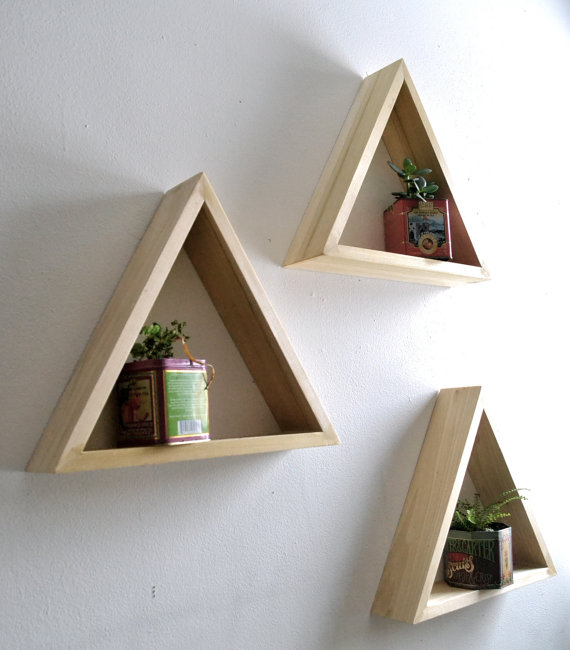
11. The 807 Faye Zimmerman of The 807 makes unique wood shelving for the home. Display your collections in an interesting way with her triangle, gem, arrow, and zig-zag shapes. She also makes fun, hand cut wood banners with phrases like “uhghhh” and “cheers bitches”. Booth #48
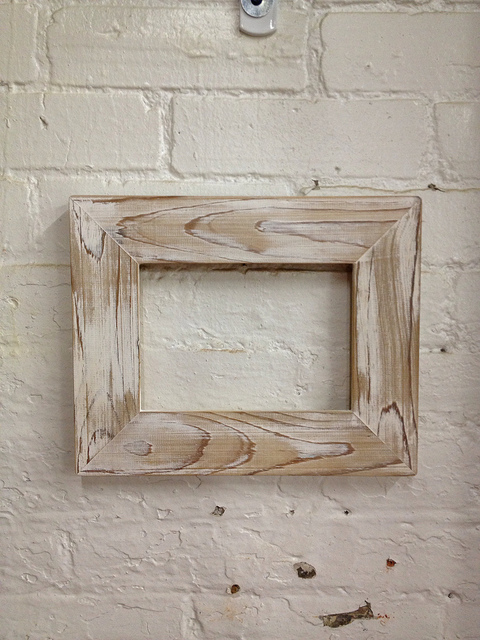 12. Trinity Framing Last, but certainly not least, our friends from Philadelphia’s premier custom framing shop will be selling their awesome ready made frames that they hand make from reclaimed wood. Bring all the prints you score at the show over to them and pick out the perfect frame. I also hear that they will be giving out coupons for custom framing with purchase. Booth #53
12. Trinity Framing Last, but certainly not least, our friends from Philadelphia’s premier custom framing shop will be selling their awesome ready made frames that they hand make from reclaimed wood. Bring all the prints you score at the show over to them and pick out the perfect frame. I also hear that they will be giving out coupons for custom framing with purchase. Booth #53
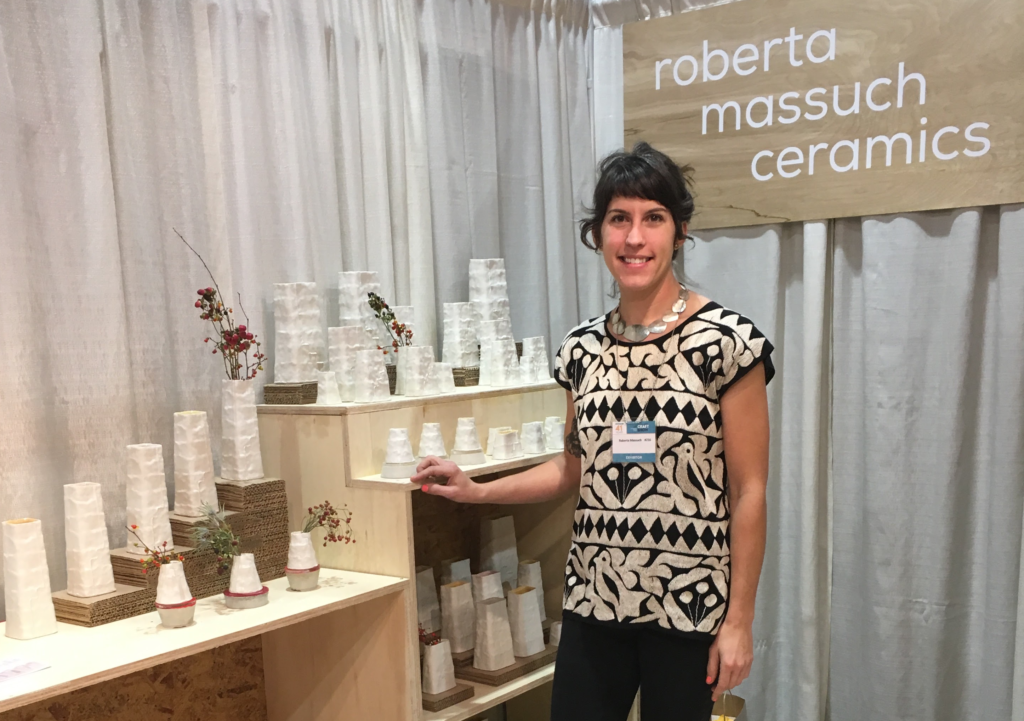
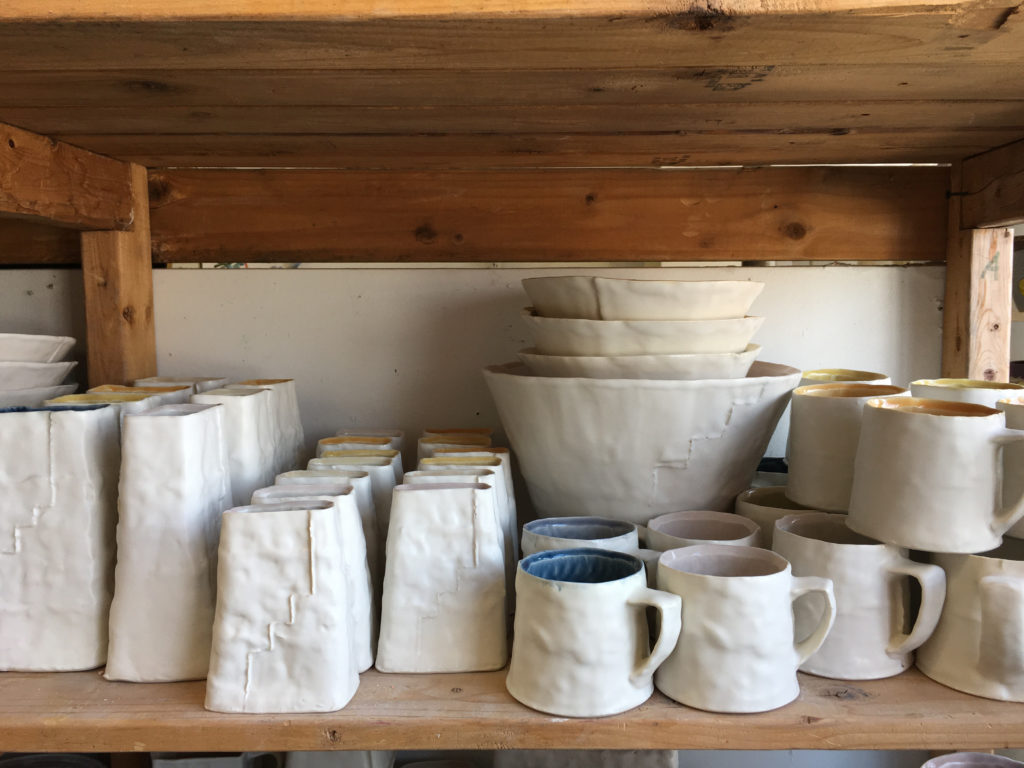
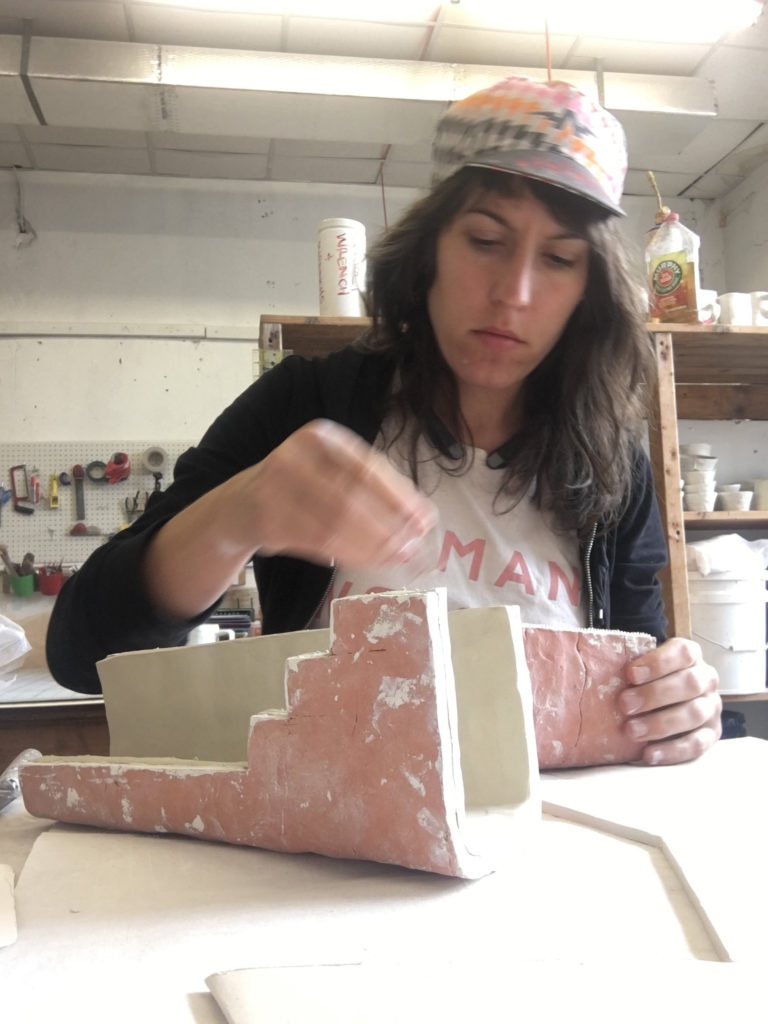
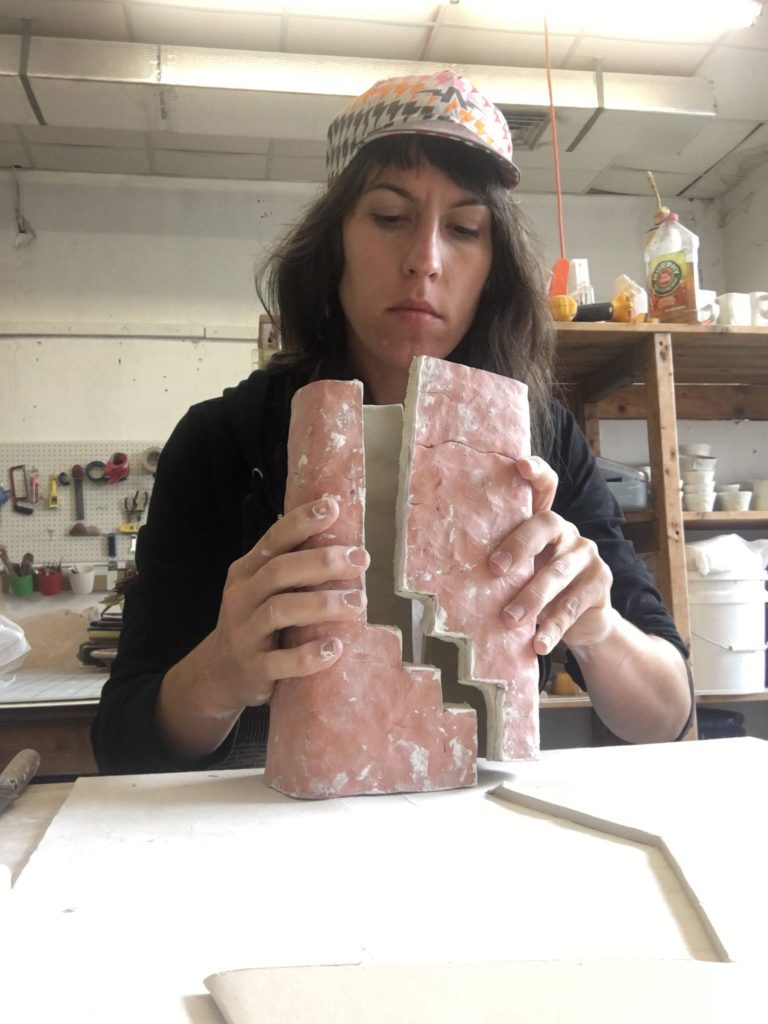
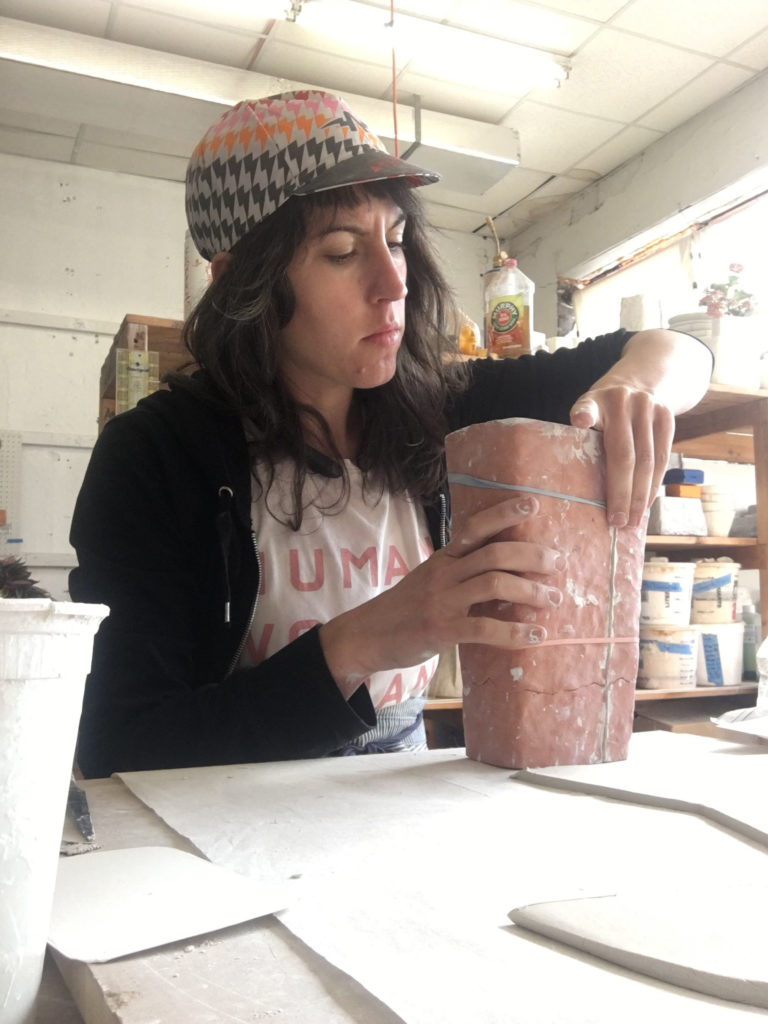
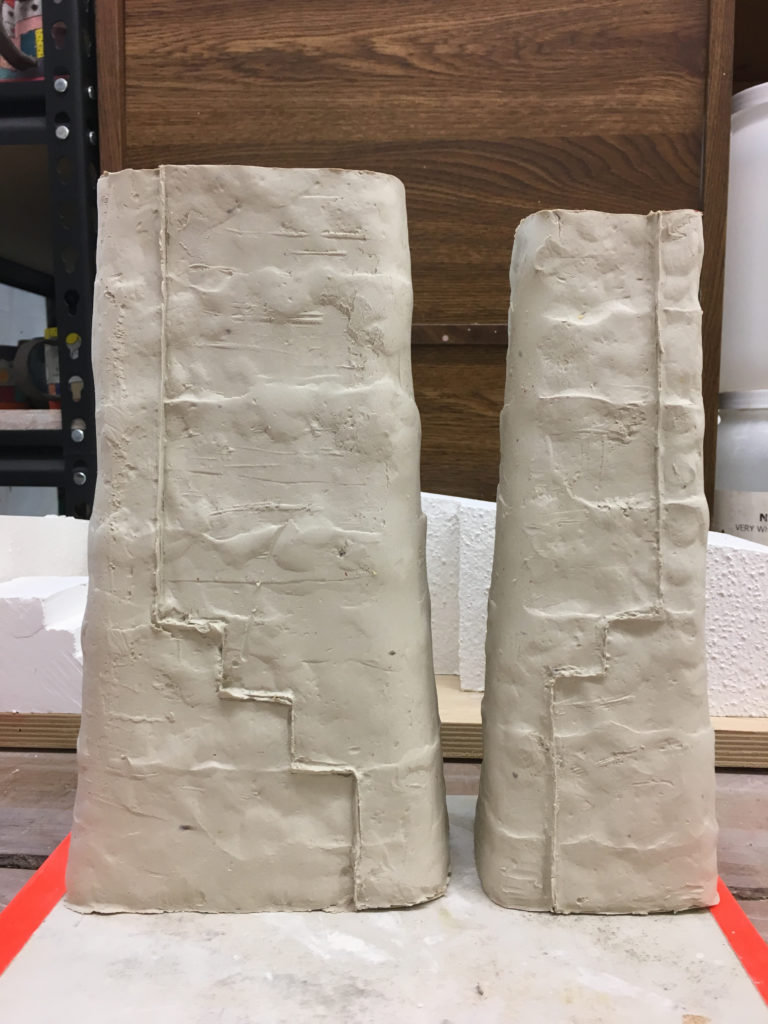
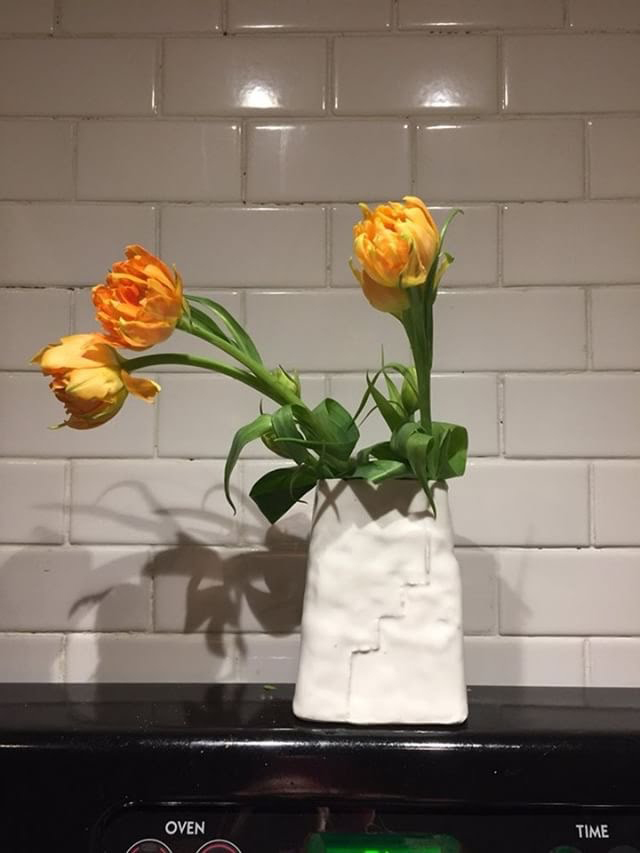
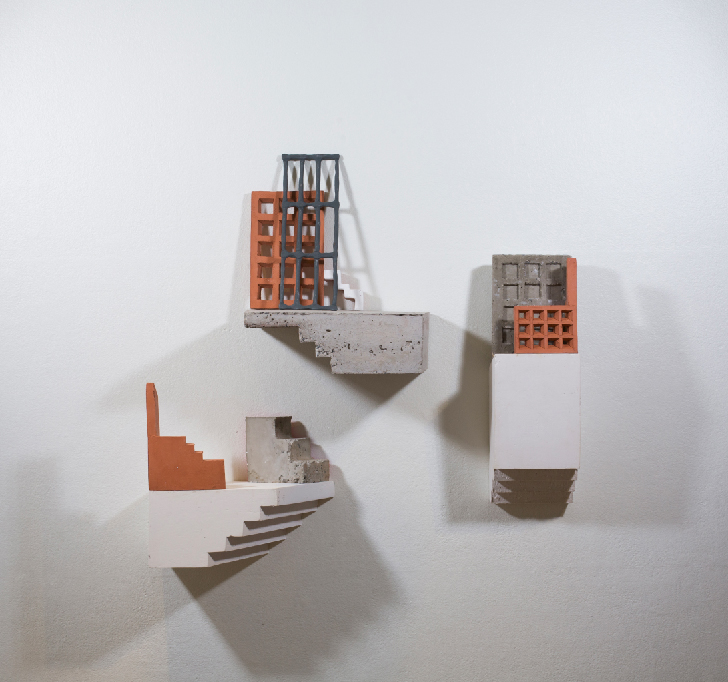
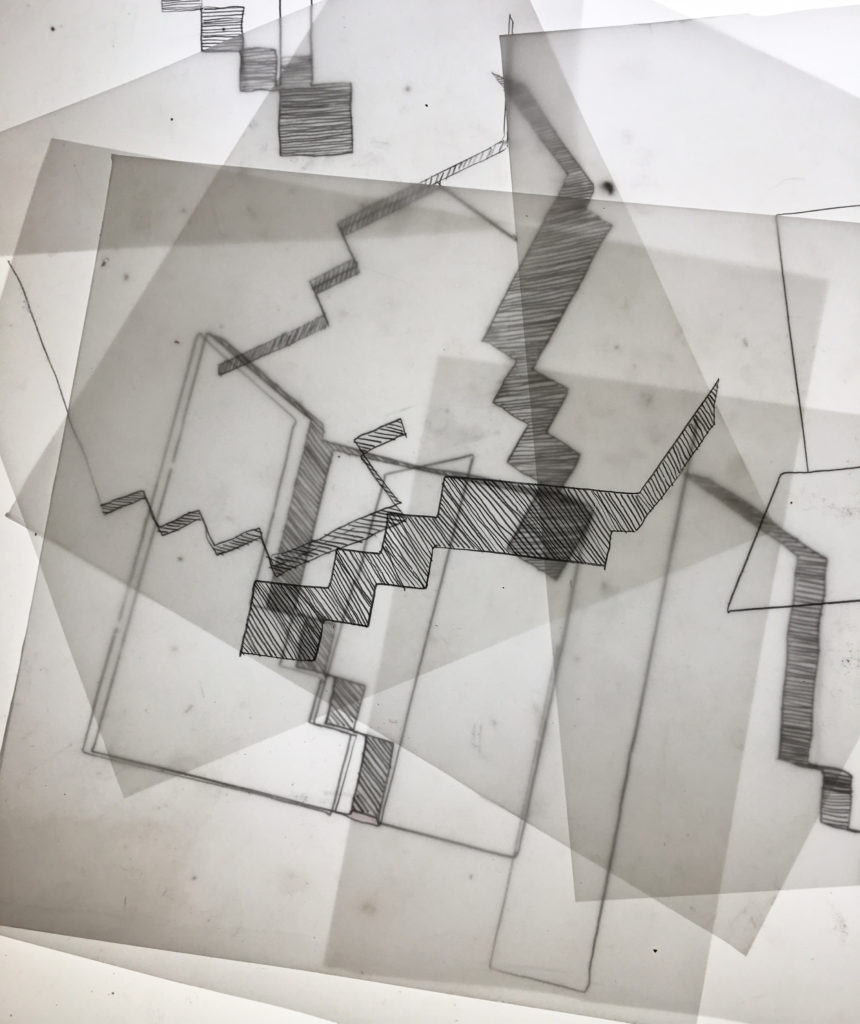
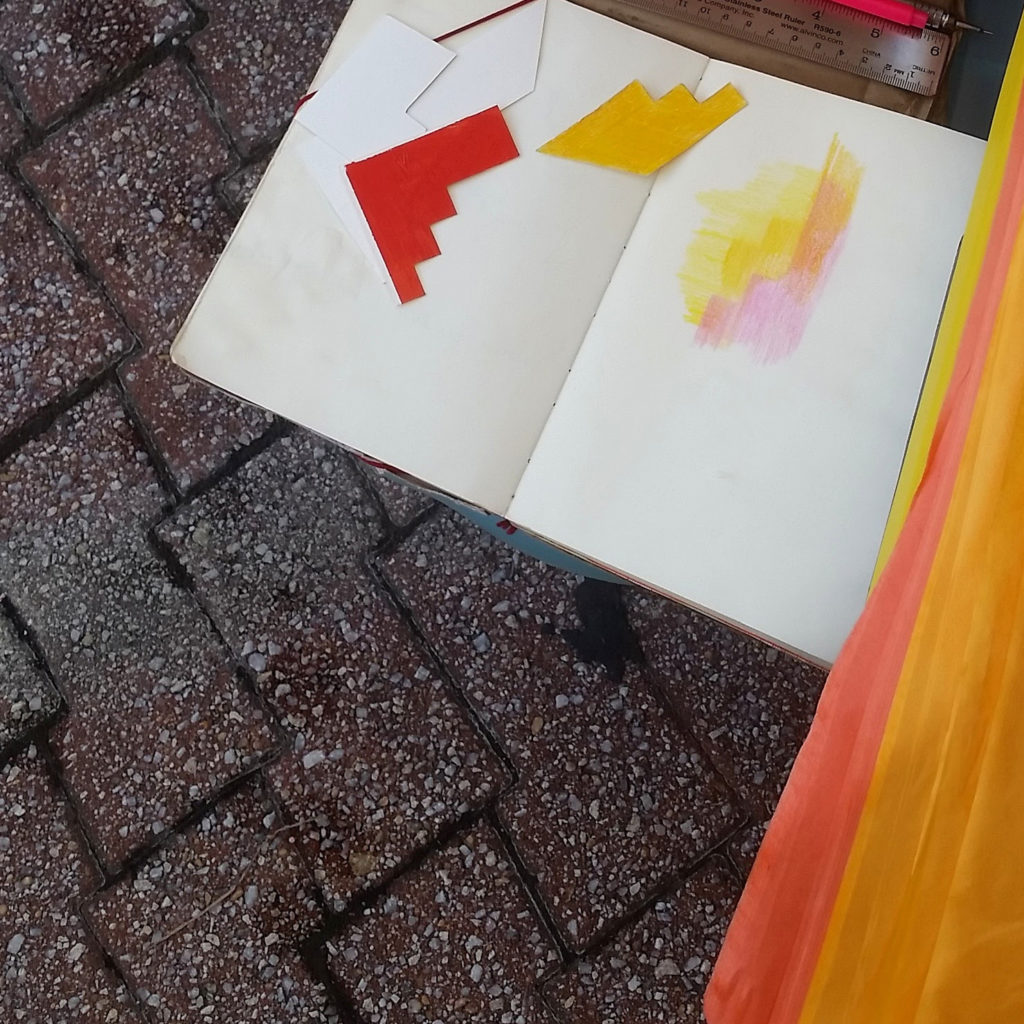
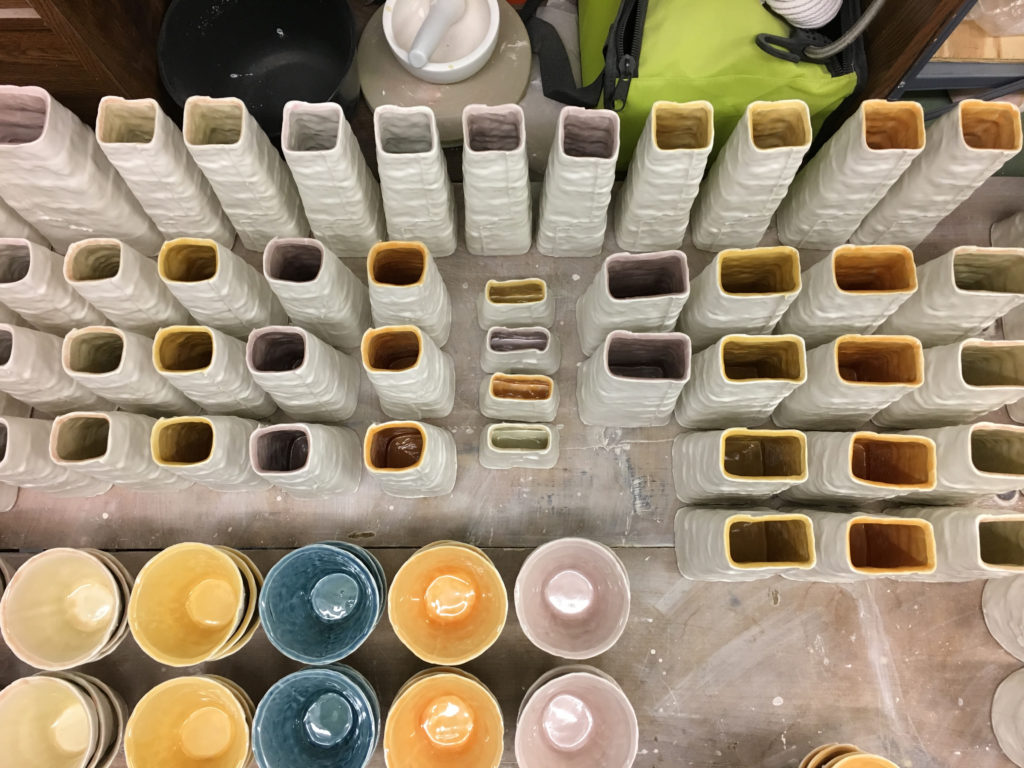
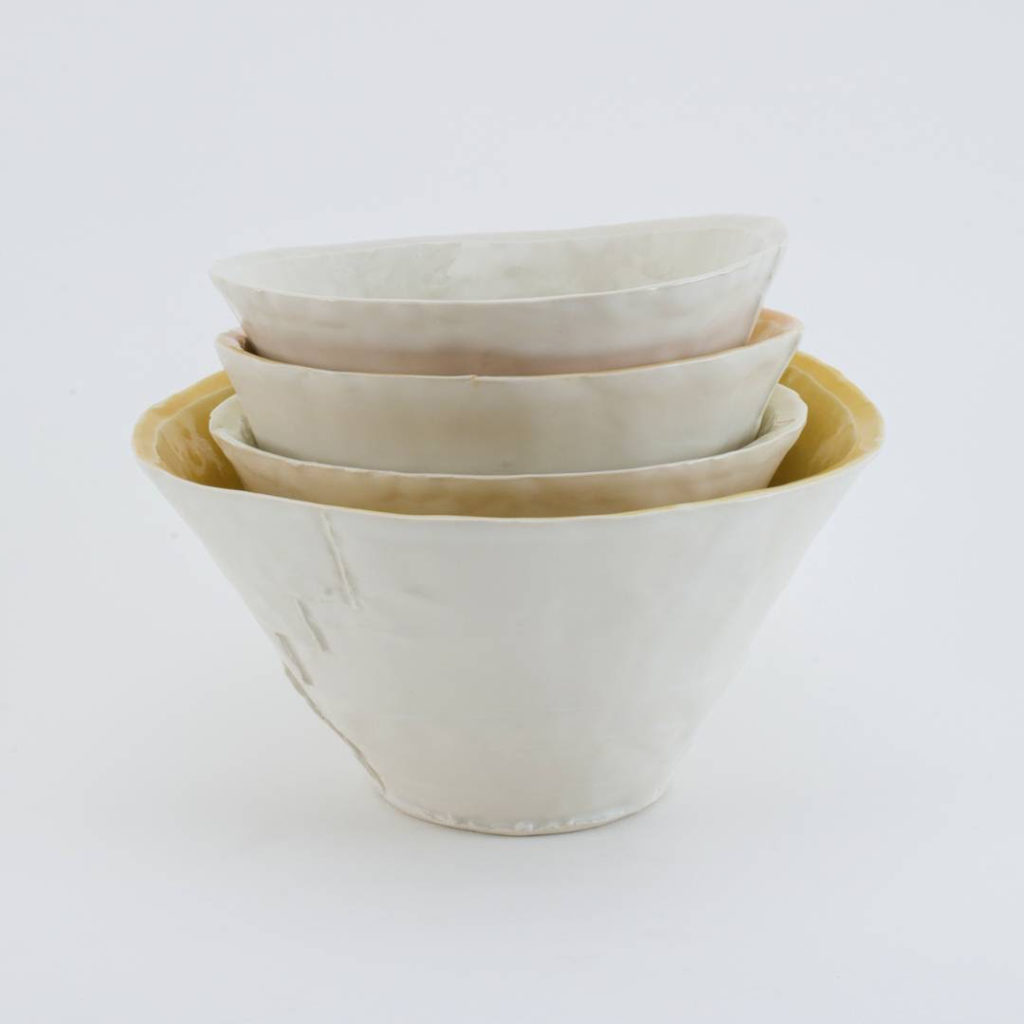
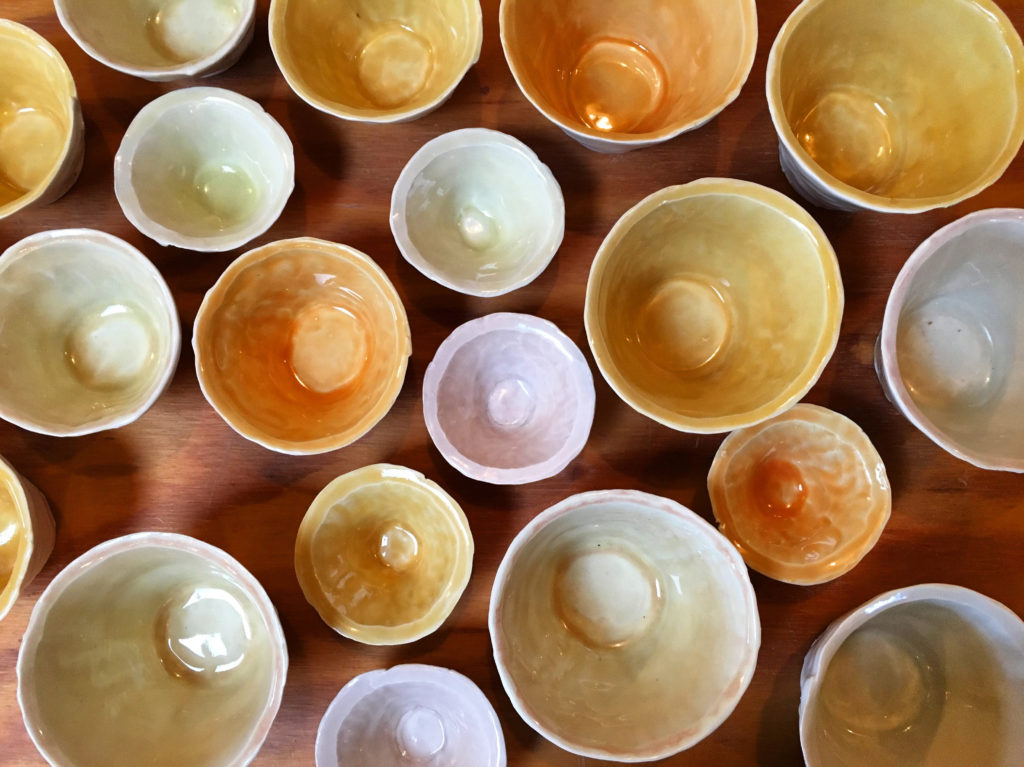
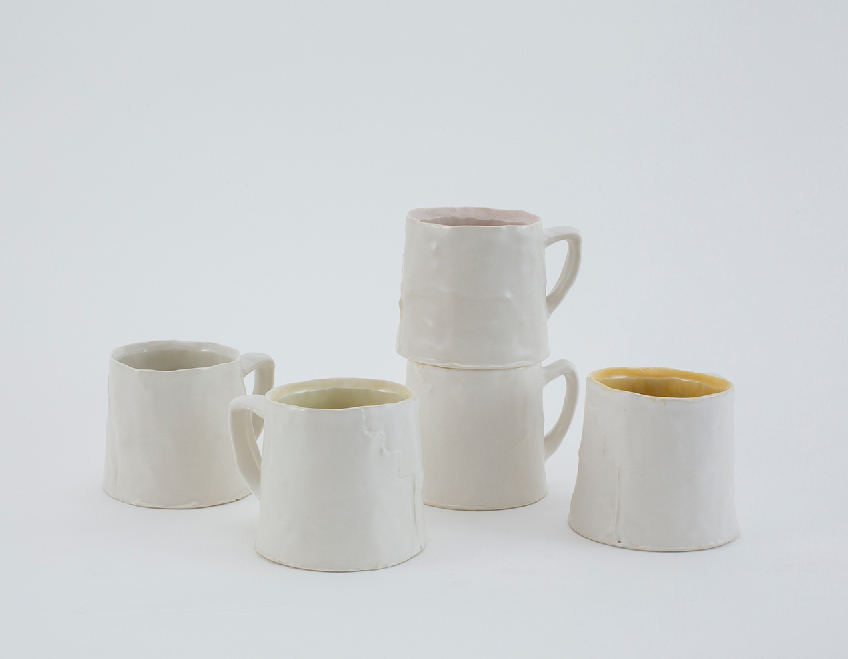
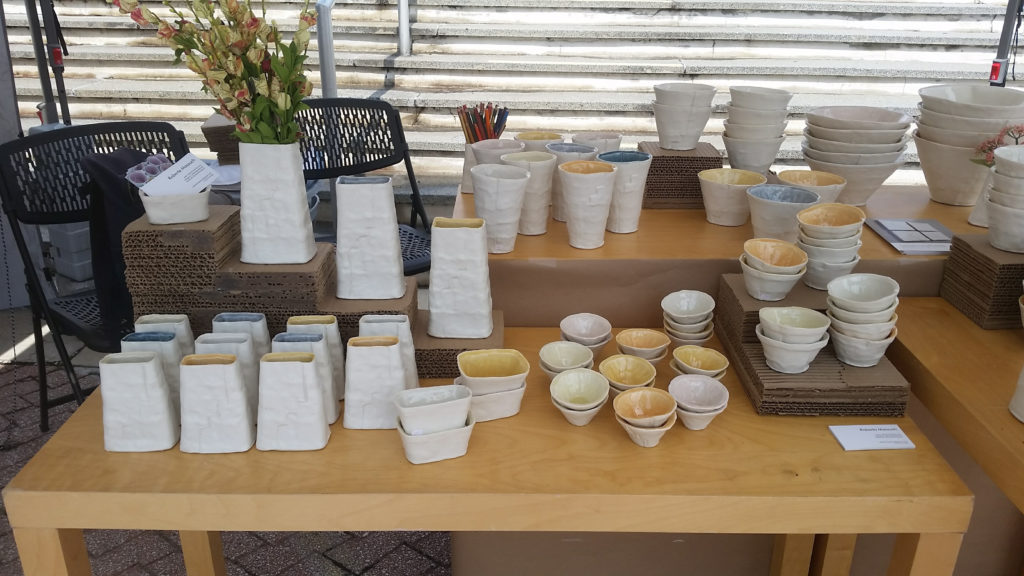
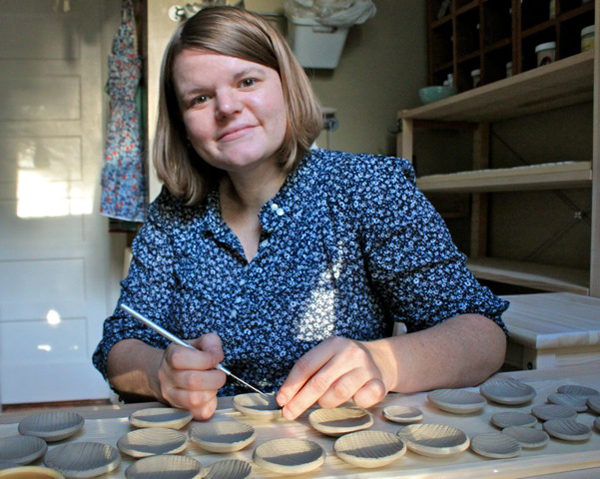
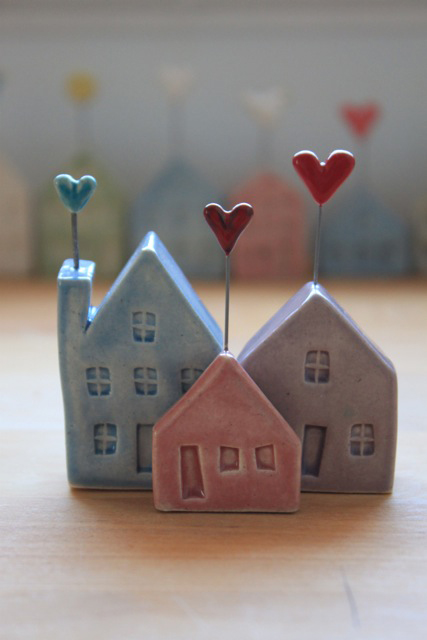
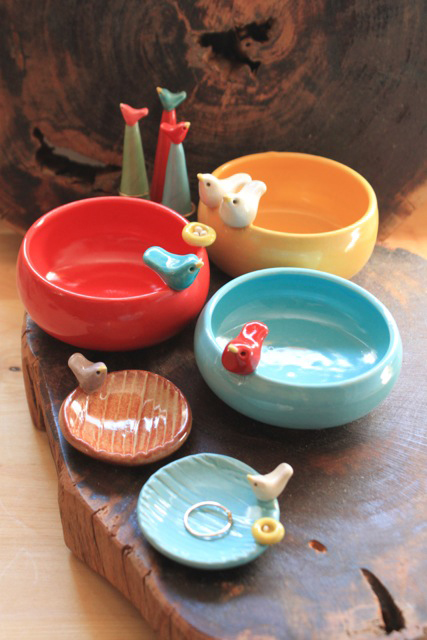
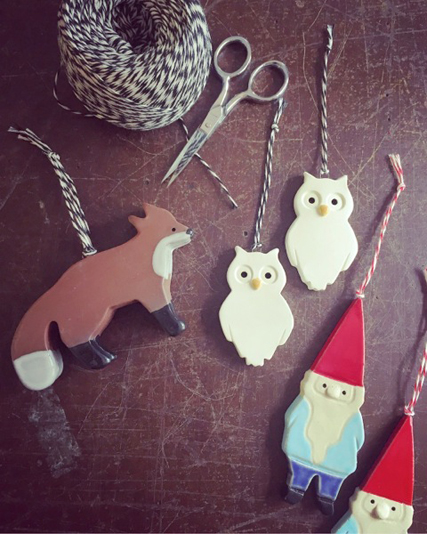
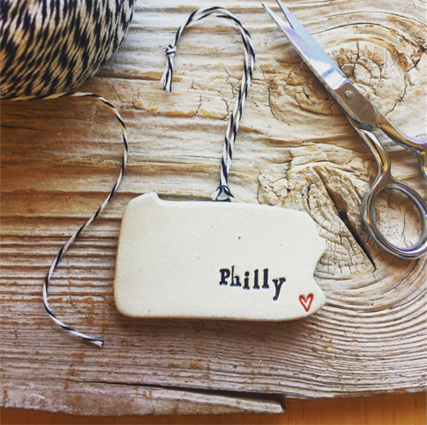
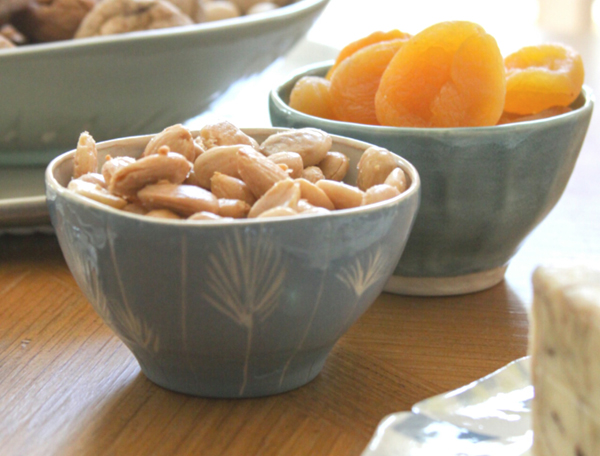 Once I graduated with my Fine Arts degree from The School of the Art Institute of Chicago (SAIC), I struggled a bit to find footing as an artist trying to make a living. This was before the days of Etsy, Instagram, and the amazing makers’ movement that’s happening now, and there was no real “career path” in ceramics unless you were into the nomadicness of applying for artist residencies. I spent some time working towards a Masters in the History of the Decorative Arts through the Cooper Hewitt National Design Museum, but as much as I love curating, that “publish or perish” environment of museum life didn’t feel like a good fit for someone whose hands itch to be creating. So I took a few years off from art and focused on making a living until the timing was right. Once Etsy emerged onto the scene, I opened a shop with my opposite-coast sister, and between the two of us we started building a small but loyal following. Eventually, her military life took her overseas, and I took over running the shop solo. That was almost 4 years ago. In the time since that change, the focus of the shop has become entirely ceramics. This past year or so I’ve really pushed myself to create a cohesive body of work, focusing on the level of craftsmanship in each piece, and making sure that when viewed together, the entire collection is recognizably
Once I graduated with my Fine Arts degree from The School of the Art Institute of Chicago (SAIC), I struggled a bit to find footing as an artist trying to make a living. This was before the days of Etsy, Instagram, and the amazing makers’ movement that’s happening now, and there was no real “career path” in ceramics unless you were into the nomadicness of applying for artist residencies. I spent some time working towards a Masters in the History of the Decorative Arts through the Cooper Hewitt National Design Museum, but as much as I love curating, that “publish or perish” environment of museum life didn’t feel like a good fit for someone whose hands itch to be creating. So I took a few years off from art and focused on making a living until the timing was right. Once Etsy emerged onto the scene, I opened a shop with my opposite-coast sister, and between the two of us we started building a small but loyal following. Eventually, her military life took her overseas, and I took over running the shop solo. That was almost 4 years ago. In the time since that change, the focus of the shop has become entirely ceramics. This past year or so I’ve really pushed myself to create a cohesive body of work, focusing on the level of craftsmanship in each piece, and making sure that when viewed together, the entire collection is recognizably 
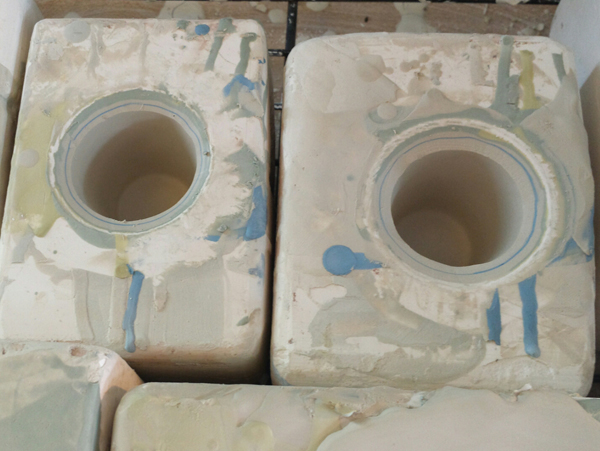
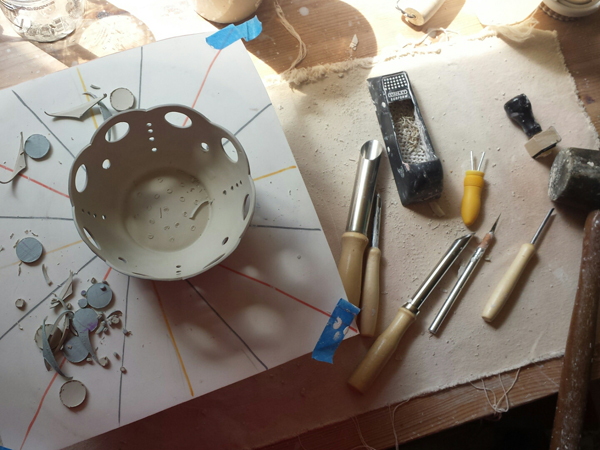

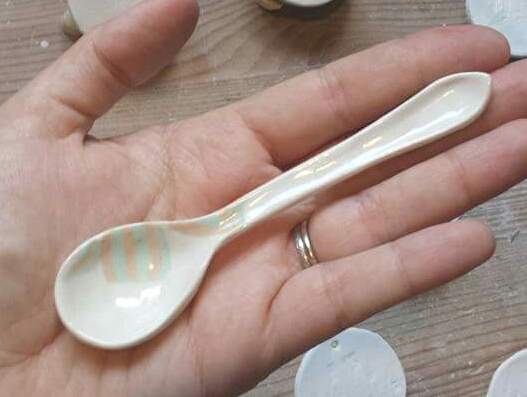
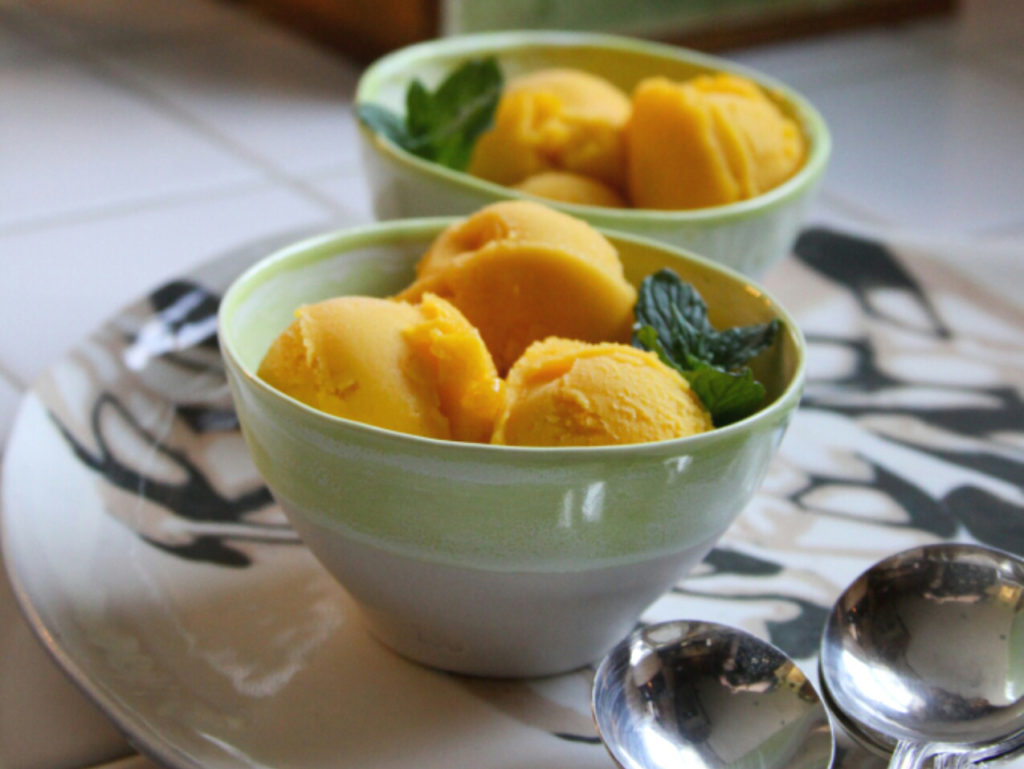 ———————————————————————————————————-
———————————————————————————————————-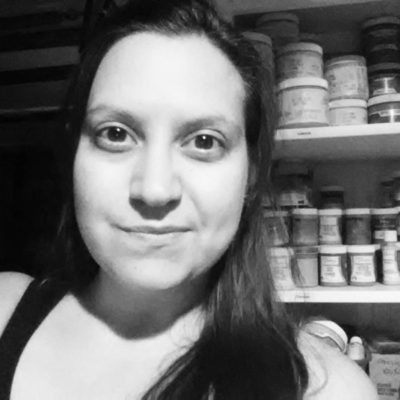









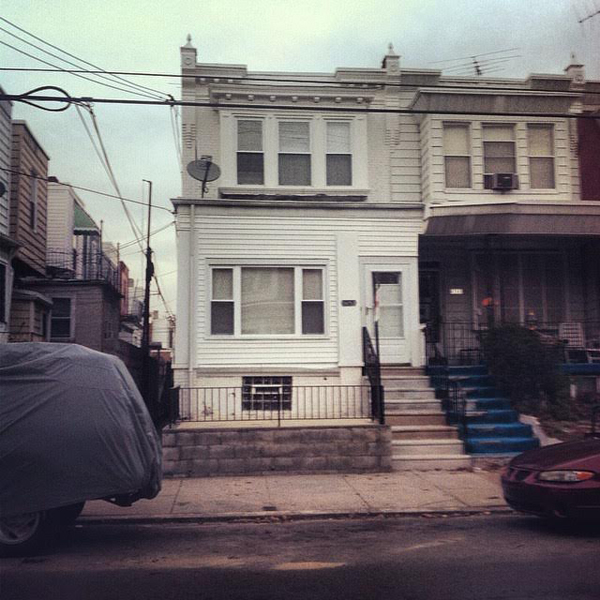
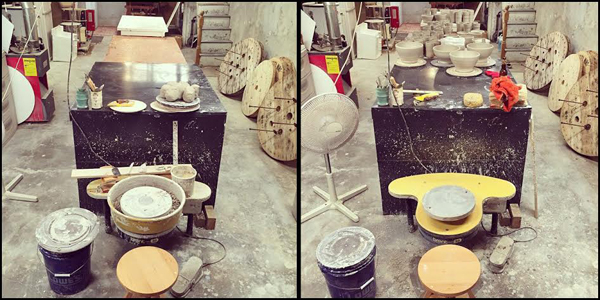
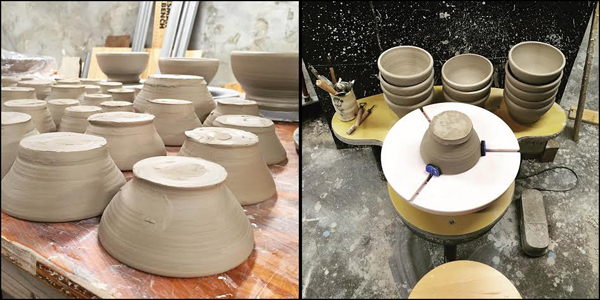 when i started making pots under Stanley Chester & Albert about two and a half years ago, i had almost 15 years working as a ceramic artist under my belt, including a BFA and an MFA in ceramic sculpture. i started SC&A with a very simple premise: to produce well made vessels that would be accessible to a diverse audience and appeal to a population of people who normally didn’t buy handmade pots. with that in mind, i decided to stick to simple forms like bowls and cups – things that could be used in a variety of ways and be at home in any domestic environment.
when i started making pots under Stanley Chester & Albert about two and a half years ago, i had almost 15 years working as a ceramic artist under my belt, including a BFA and an MFA in ceramic sculpture. i started SC&A with a very simple premise: to produce well made vessels that would be accessible to a diverse audience and appeal to a population of people who normally didn’t buy handmade pots. with that in mind, i decided to stick to simple forms like bowls and cups – things that could be used in a variety of ways and be at home in any domestic environment.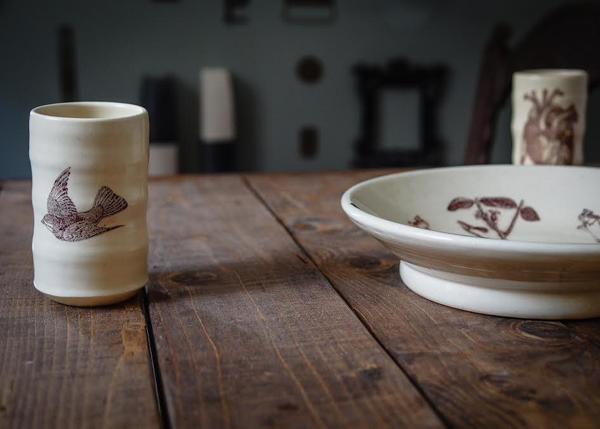 i’ve always been in love with vintage imagery, pop culture and snark, and the unexpected ways they can be combined. as for putting them on pots, it all started about seven years ago when i was still in grad school. i made a vase for a friend’s birthday: on one side was a dead flower, and the other said “BITCH PLS”. no one around me really got why it was funny, but i thought it was hilarious at the time (and still do). ceramics sometimes has a tendency to be overly formal and serious, so i love to disrupt that expectation.
i’ve always been in love with vintage imagery, pop culture and snark, and the unexpected ways they can be combined. as for putting them on pots, it all started about seven years ago when i was still in grad school. i made a vase for a friend’s birthday: on one side was a dead flower, and the other said “BITCH PLS”. no one around me really got why it was funny, but i thought it was hilarious at the time (and still do). ceramics sometimes has a tendency to be overly formal and serious, so i love to disrupt that expectation.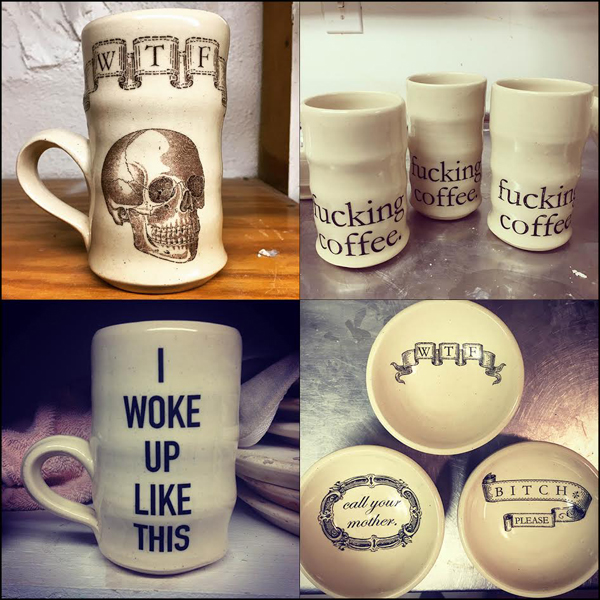 most everything i make starts on the potters’ wheel, thrown by yours truly. i favor simple, elemental forms. everything is thrown generously and has a solid weight and heft to it. i want these pieces to stand up to daily use in your home, not put on a shelf only to be admired.
most everything i make starts on the potters’ wheel, thrown by yours truly. i favor simple, elemental forms. everything is thrown generously and has a solid weight and heft to it. i want these pieces to stand up to daily use in your home, not put on a shelf only to be admired.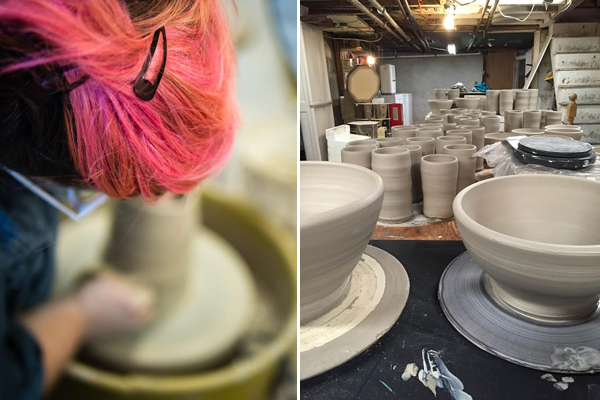 after the pots are trimmed and dried, they are bisque fired to 1860 degrees, and then glazed and fired again to 2232 degrees. almost everything i make is dipped in a clear glaze to allow the clay body (which is a really delicious speckled while stoneware) to shine through. i try to keep glazing very simple, mostly because i really hate glazing, but also because i’m more interested in using the vessel as a blank canvas for the images i apply.
after the pots are trimmed and dried, they are bisque fired to 1860 degrees, and then glazed and fired again to 2232 degrees. almost everything i make is dipped in a clear glaze to allow the clay body (which is a really delicious speckled while stoneware) to shine through. i try to keep glazing very simple, mostly because i really hate glazing, but also because i’m more interested in using the vessel as a blank canvas for the images i apply.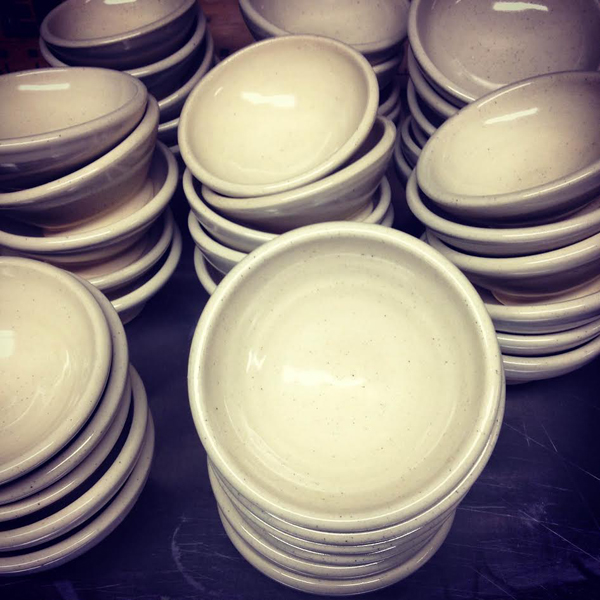 i was introduced to the waterslide decal process by my colleague and friend, Sharon Bartmann. i immediately saw the possibility of decals and ended up running with it like mad. i source my images from copyright free and vintage websites and books, in particular the Dover series of illustration books, which compiles a huge variety of images in one place. after scanning or downloading, i play with the images in Photoshop a bit, adjusting contrast, brightness, proportion and orientation. because of the way the printer works, high contrast images without a lot of shades of gray work best.
i was introduced to the waterslide decal process by my colleague and friend, Sharon Bartmann. i immediately saw the possibility of decals and ended up running with it like mad. i source my images from copyright free and vintage websites and books, in particular the Dover series of illustration books, which compiles a huge variety of images in one place. after scanning or downloading, i play with the images in Photoshop a bit, adjusting contrast, brightness, proportion and orientation. because of the way the printer works, high contrast images without a lot of shades of gray work best.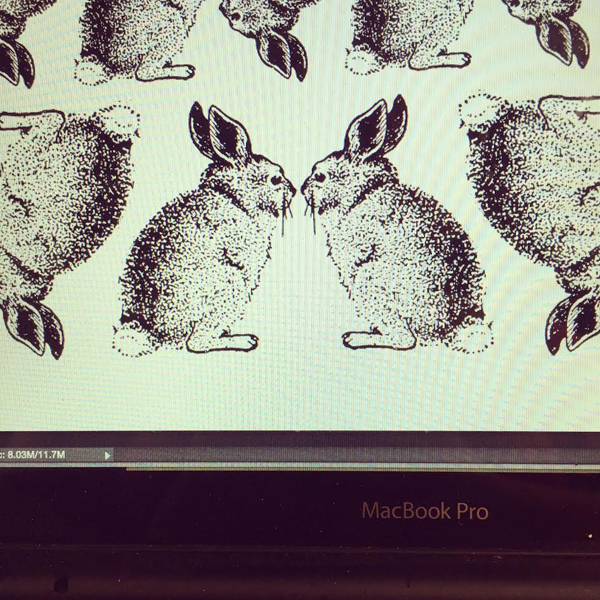
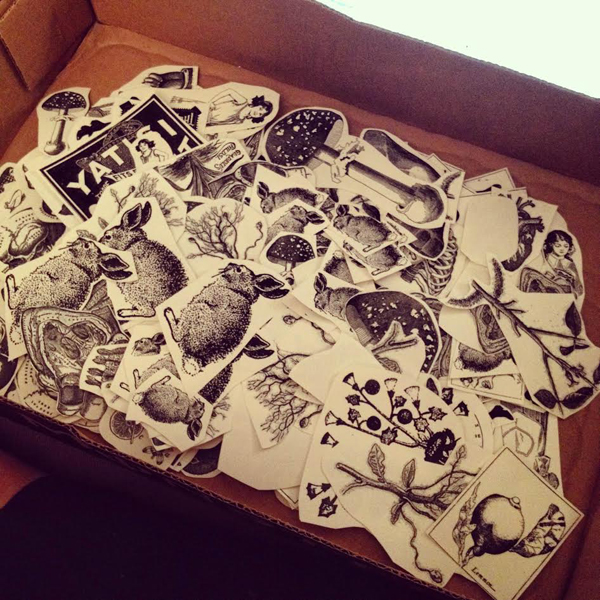
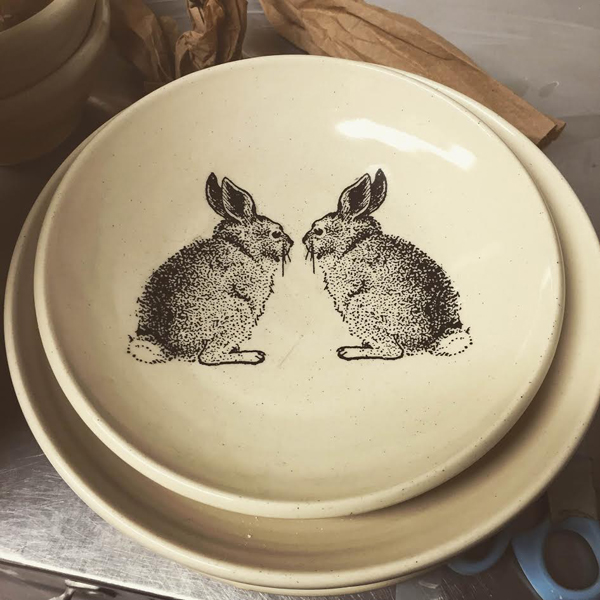
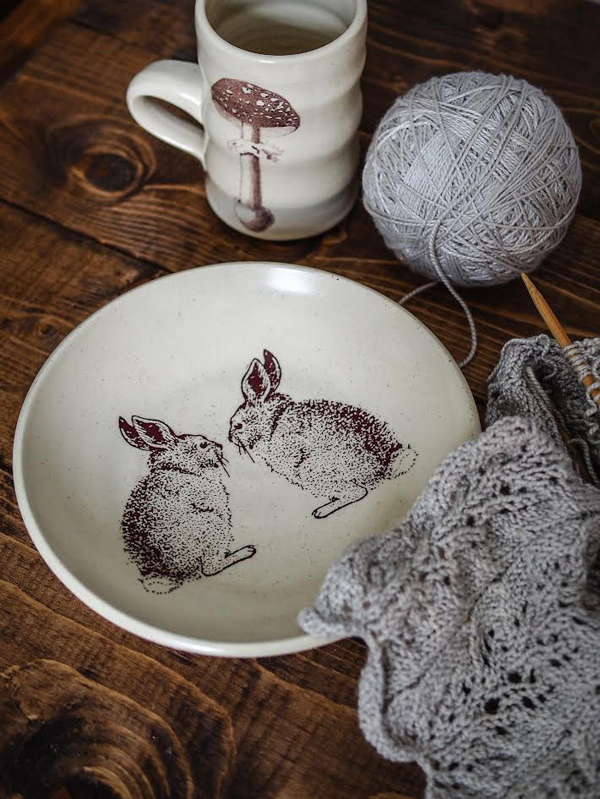 once i have the image the way i want it in Photoshop, i print it out using a special printer and special decal paper. from there, i cut out the image, put it in water, and then affix the cellophane image to the vessel. it’s fired once more to permanently bond the image to the glaze. although the images are printed with black ink, once they are fired they turn a lovely reddish brown sepia color. with that aesthetic in mind, i gravitated toward imagery from the Victorian and Edwardian eras. i love anatomy and so skulls, hearts, bones and brains frequently find their way onto my work.
once i have the image the way i want it in Photoshop, i print it out using a special printer and special decal paper. from there, i cut out the image, put it in water, and then affix the cellophane image to the vessel. it’s fired once more to permanently bond the image to the glaze. although the images are printed with black ink, once they are fired they turn a lovely reddish brown sepia color. with that aesthetic in mind, i gravitated toward imagery from the Victorian and Edwardian eras. i love anatomy and so skulls, hearts, bones and brains frequently find their way onto my work.